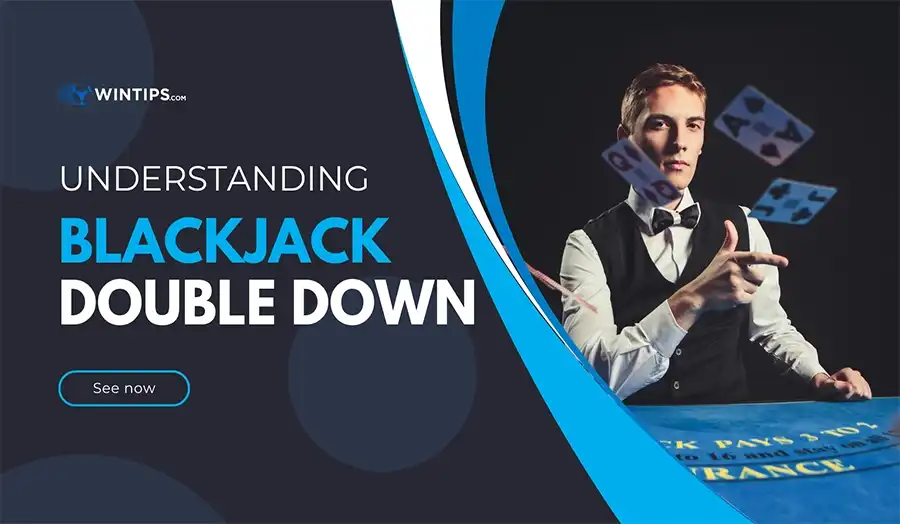Among the various formats and styles of odds- decimal, fractional, and moneyline- the concept of negative odds often confuses newcomers and even intermediate bettors. However, understanding negative odds is critical for those who wish to participate seriously in the betting landscape, particularly in countries where the American moneyline format is prevalent. This article by Wintips will provide an in-depth look at what negative odds mean, how they work, and how bettors can use them to their advantage.
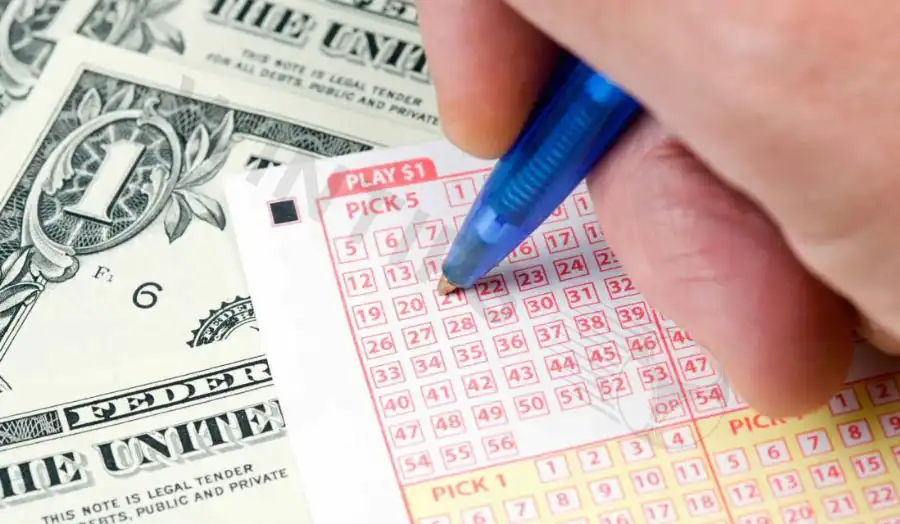
What are negative odds?
Negative odds are a type of moneyline odds, primarily used in the United States. They are expressed with a minus sign (–) and represent the amount of money one must stake to win $100. For example, if a bettor sees odds of –150, it means they would need to risk $150 to win a profit of $100. If the bet is successful, the total return would be $250 ($150 stake + $100 profit).
This is in contrast to positive odds, which show how much a bettor stands to win on a $100 wager. For instance, +200 odds mean that a $100 bet would yield $200 in profit. While positive odds indicate underdogs or less likely outcomes, negative odds are associated with favorites- the teams or outcomes deemed more likely to occur.
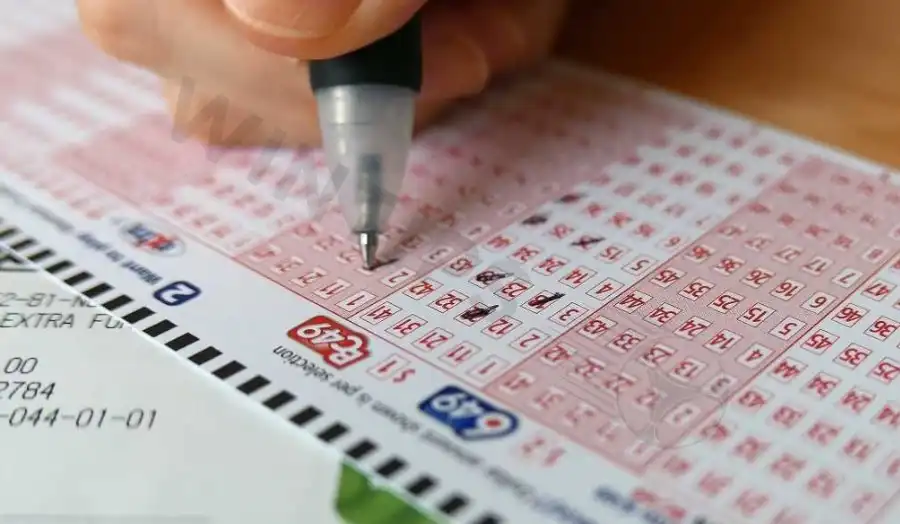
Why use negative odds?
Negative odds provide a simple and quick way to express probability. They are widely used in the U.S. betting market and are particularly valuable because they also reflect public sentiment and sportsbook calculations. While fractional and decimal odds are popular in other parts of the world, American odds- especially negative moneylines- are preferred for straightforward interpretations of risk and reward.
The mathematics behind negative odds
To calculate your potential profit with negative odds, you can use the formula:
Profit = (Stake × 100) / |Odds|
So, for example, a $200 bet at –150 would look like this:
Profit = (200 × 100) / 150 = $133.33
The total return would be $333.33 ($200 original stake + $133.33 profit).

Understanding this formula helps bettors plan their stakes more efficiently. It also underscores the importance of bankroll management, especially when dealing with low-reward bets. Overconfidence in betting on heavy favorites can lead to significant losses if one is not careful. Even teams with negative odds lose from time to time.
Betting on the favorite: Pros and cons
While betting on favorites may seem like the logical and safer choice, it’s essential to understand both the advantages and potential pitfalls that come with it.
Pros of betting with negative odds
Higher probability of winning
One of the primary reasons bettors gravitate toward negative odds is the increased chance of success. Favorites are labeled as such for a reason- they usually have a stronger roster, better form, or a superior head-to-head record.
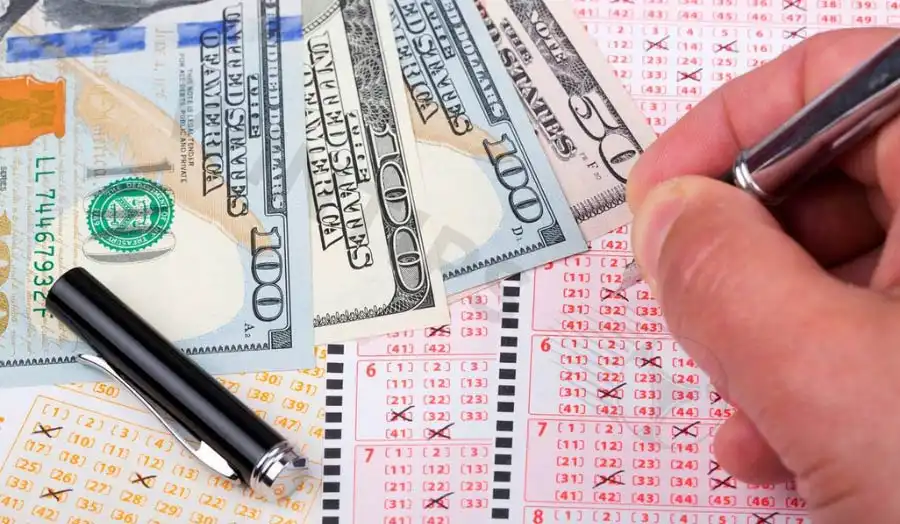
As a result, placing a wager on a favorite offers a statistically higher likelihood of a winning outcome.
More predictable outcomes
When betting on favorites, particularly in sports where individual performance plays a critical role (such as tennis, MMA, or boxing), the outcomes tend to be more stable and predictable. Top-tier athletes or teams often maintain consistent performance levels, making it easier for bettors to make informed decisions based on form, statistics, and historical data.
Ideal for accumulators and parlays
While the returns from a single bet on a favorite might be modest, incorporating several favorites into a parlay (accumulator) can boost the potential payout significantly. This strategy allows bettors to maintain a relatively conservative approach by relying on likely outcomes, while still having the chance to realize larger profits through combined odds.
Cons of betting with negative odds
Lower returns on investment
The most significant downside to betting with negative odds is the reduced payout. Because favorites are more likely to win, the return is relatively small in comparison to the amount staked. This means you have to risk more money for a smaller reward.
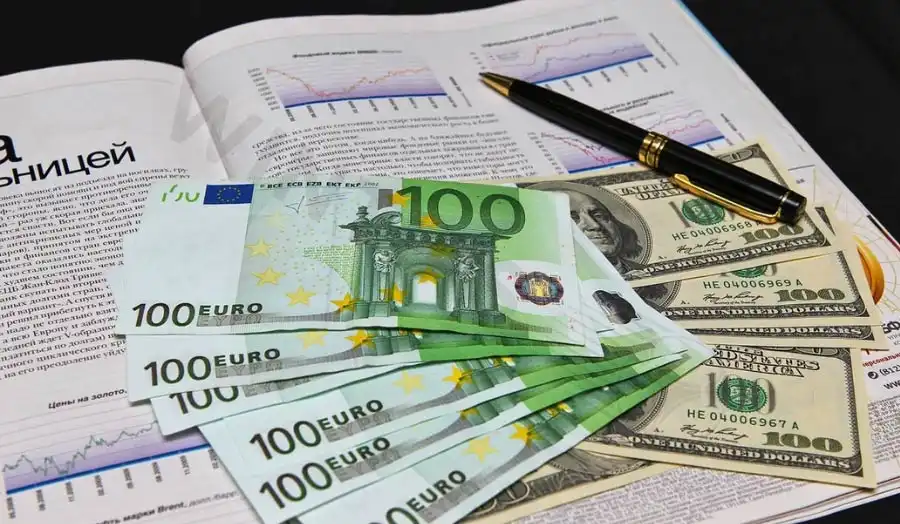
For example, betting $200 at -200 odds would only yield a $100 profit if successful. Over time, these thin margins can make it difficult to grow your bankroll substantially.
Upsets are always possible
Even with favorable odds, no outcome in sports is guaranteed. Injuries, last-minute changes, unfavorable weather conditions, or simply an underdog having a great day can all turn the tables. Betting large amounts on heavy favorites can lead to significant losses if just one or two unexpected results occur.
Bankroll management becomes crucial
Due to the lower returns and the larger stakes required, managing your betting bankroll becomes especially important when dealing with negative odds. A few unsuccessful bets can deplete your funds quickly if you're not careful. Discipline, a well-thought-out staking plan, and emotional control are essential to avoid chasing losses or overcommitting to seemingly "safe" bets.
Negative odds in different sports
The frequency and nature of negative odds vary widely by sport. In American football and basketball, where point spreads are common, moneyline bets often have one team listed with negative odds and the other with positive odds. In boxing or MMA, negative odds can be extreme, especially when there is a clear favorite. A boxer may be listed at –800, indicating overwhelming market confidence.
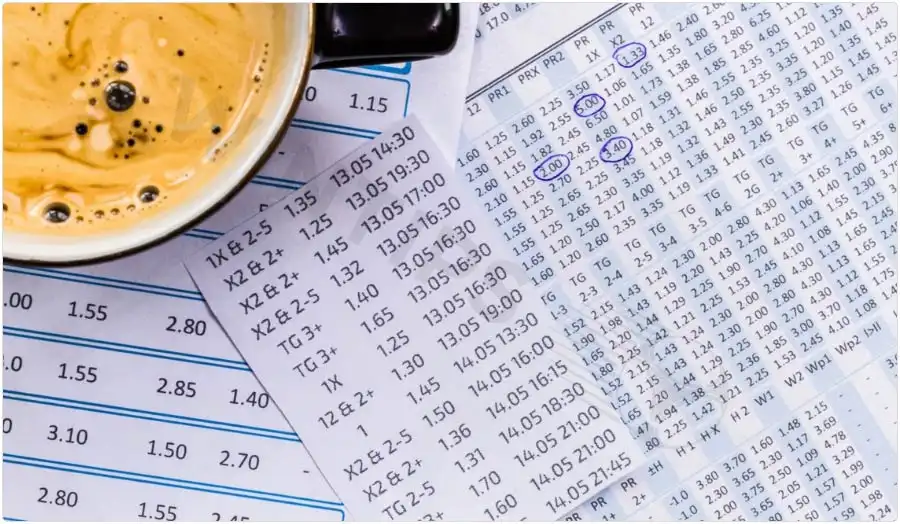
In tennis, negative odds are especially common in early-round matches involving top-ranked players against lower-tier opponents. However, surprises and upsets do happen, and bettors must balance perceived safety with the realities of sport.
Comparing negative odds across sportsbooks
When betting on favorites, many bettors assume that negative odds will be relatively uniform across sportsbooks. However, even slight differences in odds, such as one bookmaker offering a team at -140 while another lists them at -150, can have a substantial impact on your long-term profitability. These minor discrepancies, often referred to as “line differences” or “price gaps,” may seem negligible on a single bet, but they can accumulate over time, especially for high-frequency or high-stakes bettors.
Why small differences matter
Let’s break it down with a simple example. Imagine you place ten bets, each with a $150 stake. If your sportsbook lists the odds at -150, you’ll earn $100 in profit per successful bet. But if another sportsbook offers the same bet at -140, you’d earn approximately $107.14 in profit instead. That’s an extra $7.14 per winning bet. Multiply that over dozens or hundreds of wagers throughout a season, and the additional returns can be significant.

Furthermore, in the long run, getting better odds can mean the difference between a winning and losing betting strategy. In the betting world, every edge matters, and maximizing value wherever possible is a key trait of successful bettors.
To wrap it up
Negative odds are not a trick or a trap; they are a fundamental aspect of responsible sports betting. They reflect the mathematical and psychological realities of probability and risk. While the potential profits are lower, so too is the uncertainty. For those who approach betting with strategy, patience, and discipline, negative odds can form the cornerstone of a profitable system.
Refer to: Understanding run line betting: A beginner’s complete guide.


